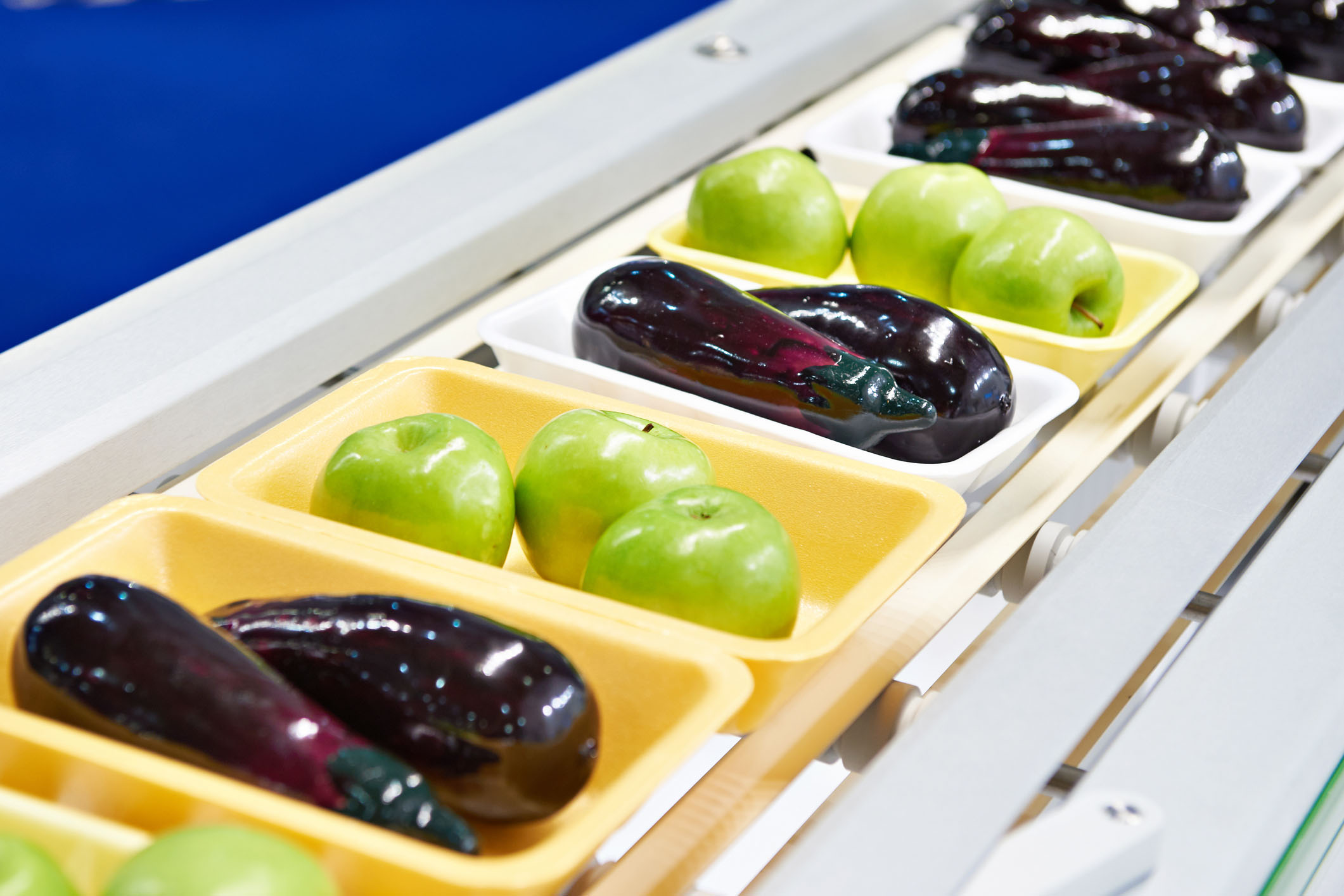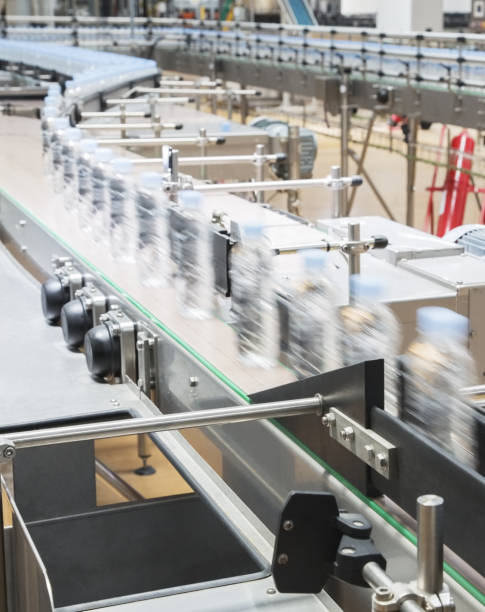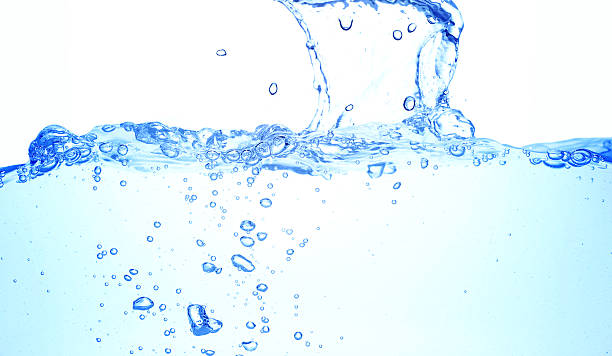FOOD TECH
It is crucial that companies operating in the food sector ensure that the plastic material they use either in their products or in the production process is approved for food. This means that it must meet specific standards, known as food grade standards. In addition, it is essential to be able to trace the semi-finished product back to its original producers, known as traceability, and to ensure that the manufacturing process and the competence of the supplier’s personnel comply with the established regulations, known as Good Manufacturing Practice (GMP). These requirements are formally confirmed through annual audits of DNV-GL certificates and DoC.


Henrik Edmén
Business Development, Food Tech
firstname.lastname@npgroup.se
Tel +4610-707 80 25
Nordic Polytech Group is certified according to GMP: Equipment with Food Contact Surfaces Materials.
When choosing a plastic or comparing it with alternative materials for use in environments where the material comes into direct or indirect contact with food, there are several important and common properties to consider:
- Chemical resistance
- Hydrolysis resistance
- Temperature resistance
- Low water absorption
- Resistance to microorganisms
Here are five examples of applications for these materials:
- Sliding bearings
- Sliding strips
- Seals
- Machine parts
- Gaskets
There are several types of plastic materials that can be obtained as food grade and are commonly used in applications that come into direct or indirect contact with food:
PTFE – Polytetrafluoroethylene
PEEK – Polyetheretherketone
POM – Polyoxymethylene
PA – POLYAMIDE
PE – POLYETHENE
PET – POLYETHYLENE
PMMA – POLYMETHYL ACRYLATE
PP – POLYPROPYLENE
PVDF
It is important to carefully consider these properties and material choices to ensure both the safety and quality of products in the food indus



